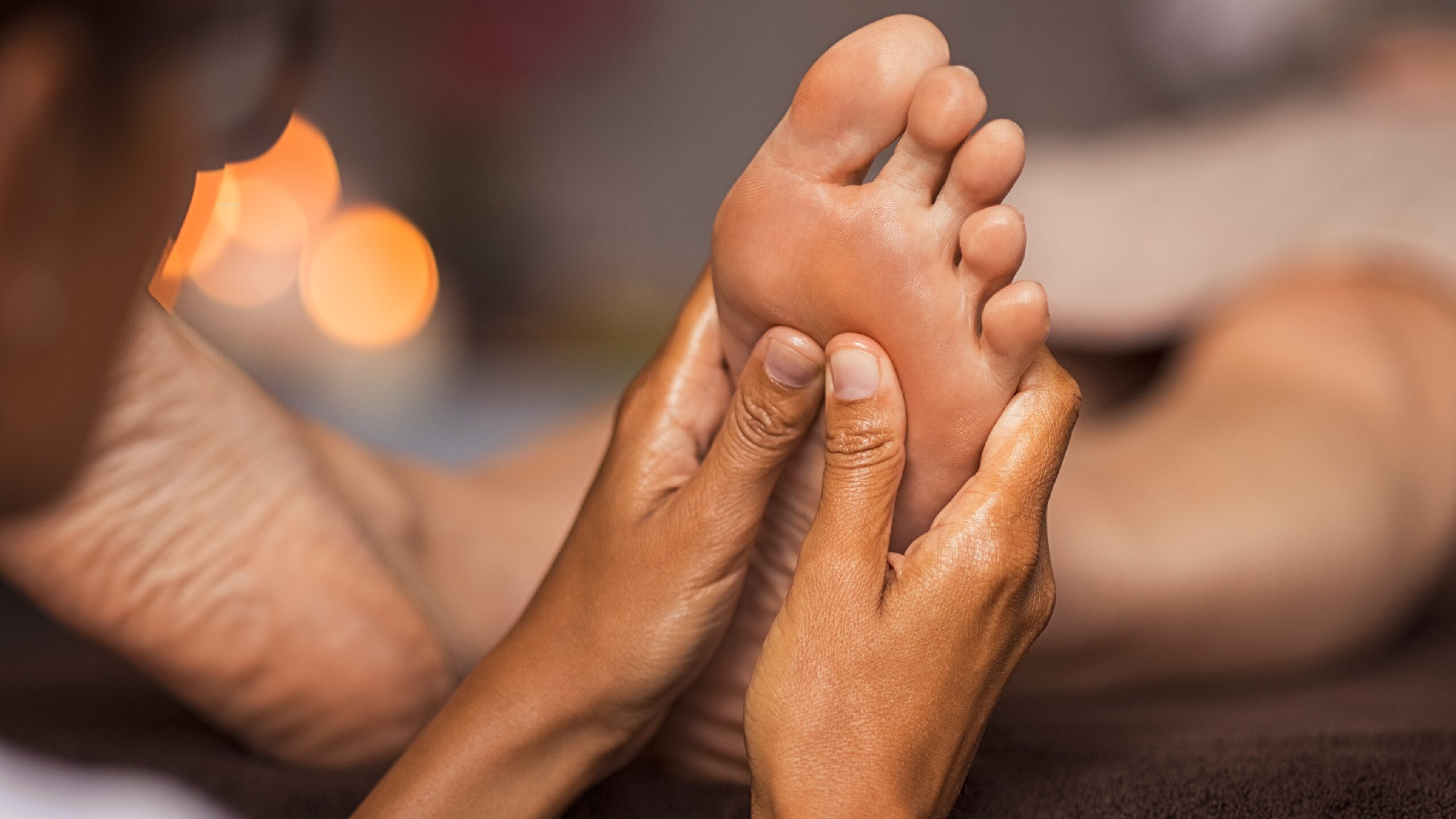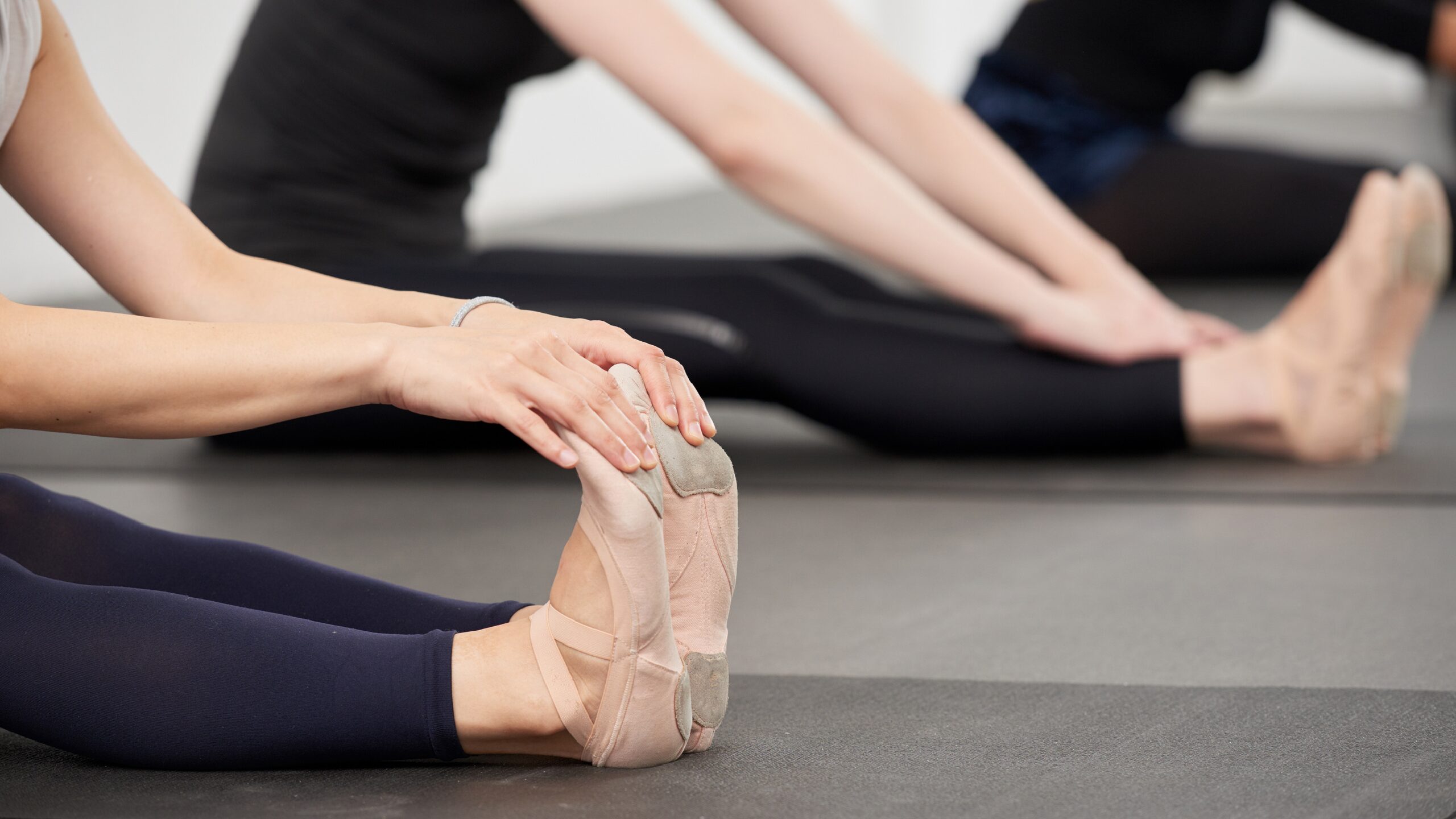
Understanding the Semaglutide Compound and Its Benefits
July 10, 2024
Understanding Morton’s Neuroma: An Orthopedic Guide to Foot Pain and Treatment
August 7, 2024Heel spurs are a common orthopedic condition that can cause significant discomfort and pain. In this comprehensive guide, we will explore what heel spurs are, how to identify the symptoms, the underlying causes, diagnosis techniques, conservative treatment options, surgical interventions, preventive measures, rehabilitation exercises and therapies, and lifestyle adjustments for pain relief. By the end of this article, you will have a thorough understanding of heel spurs and how they can be effectively managed.
What Are Heel Spurs? An Overview of the Condition
Heel spurs, also known as calcaneal spurs, are bony growths that develop on the underside of the heel bone. They often occur as a result of long-term strain on the foot’s ligaments and muscles. These spurs can be quite small, measuring just a few millimeters, or they can grow larger over time.
One common misconception about heel spurs is that they are the actual source of pain. In reality, the pain associated with heel spurs is usually caused by inflammation of the surrounding tissues, known as plantar fasciitis. However, heel spurs can exacerbate the pain by putting additional pressure on the affected area.
Heel spurs are more common in athletes and individuals who engage in activities that involve a lot of running or jumping. The repetitive stress on the heel can lead to the formation of these bony protrusions. It’s essential to address the underlying cause of the strain to prevent heel spurs from worsening.
Diagnosis of heel spurs usually involves a physical examination and imaging tests, such as X-rays, to confirm the presence of the bony growths. Treatment options may include rest, ice therapy, stretching exercises, orthotic inserts, and in severe cases, surgery to remove the spurs.
Common Symptoms: How to Identify Heel Spurs
Identifying heel spurs can be challenging because the condition often presents with similar symptoms to other foot-related issues. The most common symptom is a sharp, stabbing pain in the heel that tends to worsen with activity or prolonged periods of rest. Some individuals may experience swelling and redness in the affected area.
In severe cases, heel spurs can cause a visible protrusion on the underside of the heel. However, it’s important to note that not all individuals with heel spurs will exhibit this physical manifestation.
Another key indicator of heel spurs is pain that is most intense in the morning when taking the first few steps out of bed. This is known as post-static dyskinesia, where pain is felt after a period of rest or inactivity. The pain may gradually decrease as the day goes on, only to return with a vengeance the next morning.
Furthermore, heel spurs are often associated with plantar fasciitis, a condition characterized by inflammation of the band of tissue that runs along the bottom of the foot. This can lead to a sharp, shooting pain that radiates from the heel to the arch of the foot. It’s crucial to differentiate between heel spurs and plantar fasciitis, as they may require different treatment approaches for effective management.
Causes of Heel Spurs: Understanding the Underlying Factors
Heel spurs typically develop as a result of repetitive strain on the foot, leading to the accumulation of calcium deposits on the heel bone. This strain can be caused by a variety of factors, including:
- Prolonged standing or walking, particularly on hard surfaces
- Improper footwear with inadequate arch support
- Excess weight or obesity, placing additional stress on the feet
- Tight calf muscles and Achilles tendons
Individuals who engage in activities that involve repetitive impact on the feet, such as running or jumping, are also at a higher risk of developing heel spurs.
It is important to note that heel spurs are often associated with plantar fasciitis, a common condition characterized by inflammation of the tissue that runs along the bottom of the foot, connecting the heel to the toes. The presence of plantar fasciitis can exacerbate the development of heel spurs, as the inflammation and micro-tears in the plantar fascia can lead to the formation of calcium deposits at the insertion point on the heel bone.
Furthermore, certain biomechanical factors can contribute to the development of heel spurs. Issues such as overpronation (excessive inward rolling of the foot) or supination (outward rolling of the foot) can alter the distribution of weight and pressure on the feet, increasing the likelihood of strain on the heel bone and the formation of spurs. Addressing these underlying biomechanical issues through proper footwear, orthotic inserts, and targeted exercises can help alleviate the strain on the feet and reduce the risk of developing heel spurs.In addition to imaging tests, orthopedic specialists may also utilize ultrasound technology to further assess the heel spurs.
Ultrasound imaging can provide real-time visualization of the affected area, allowing the specialist to evaluate the size and location of the spurs with precision. This non-invasive technique offers valuable insights into the condition of the heel, aiding in the accurate diagnosis and treatment planning process.Furthermore, in some cases, orthopedic specialists may recommend additional diagnostic procedures such as bone scans or CT scans to gather more detailed information about the heel spurs. These advanced imaging studies can offer a comprehensive view of the bone structures in the foot, helping the specialist determine the extent of the spurs and any associated complications. By employing a multidisciplinary approach to diagnosis, orthopedic specialists ensure thorough evaluation and personalized care for patients with heel spurs.
Treatment Options: Conservative Approaches to Managing Heel Spurs
Fortunately, the majority of heel spurs can be effectively managed through conservative treatment options. These approaches aim to alleviate pain, reduce inflammation, and promote healing. Common treatment methods include:
- Physical therapy and stretching exercises to improve flexibility and reduce strain on the foot
- Wearing orthotic devices, such as heel cups or arch supports, to provide additional cushioning and support to the affected area
- Using nonsteroidal anti-inflammatory drugs (NSAIDs) to relieve pain and reduce inflammation
- Applying ice packs to the affected area to reduce swelling and numb the pain
It’s important to note that these conservative approaches may take time to show significant improvement. Therefore, it’s crucial to be patient and consistent with the recommended treatment plan.
Surgical Interventions: When Is Surgery Necessary?
In some cases, conservative treatments may not provide adequate relief, and surgical intervention may be necessary. Surgery for heel spurs typically involves removing the bony growth and releasing any tight ligaments or tendons contributing to the condition. However, it’s essential to explore all nonsurgical options before considering surgery.
Preventive Measures: Tips for Avoiding Heel Spurs
While heel spurs can be challenging to completely prevent, there are several measures you can take to reduce your risk of developing them. These include:
- Wearing supportive shoes with proper arch support and cushioning
- Avoiding excessive stress and strain on the feet by taking regular breaks and using proper technique during physical activities
- Maintaining a healthy weight to minimize the pressure on your feet
- Engaging in regular stretching exercises to maintain flexibility in the calf muscles and Achilles tendons
By implementing these preventive measures, you can significantly lower your chances of developing heel spurs.
Rehabilitation: Exercises and Therapies for Recovery
Rehabilitation plays a crucial role in the recovery process for individuals with heel spurs. It typically involves a combination of stretching exercises, physical therapy, and complementary therapies such as massage or ultrasound therapy. These rehabilitation techniques help alleviate pain, improve mobility, and strengthen the muscles and ligaments in the foot.
Your orthopedic specialist or physical therapist at Center For Specialty Care will create a tailored rehabilitation plan based on your specific needs and condition.
Living with Heel Spurs: Lifestyle Adjustments for Pain Relief
Living with heel spurs can be challenging, especially if you experience chronic pain and discomfort. However, there are several lifestyle adjustments you can make to find relief:
- Avoid high-impact activities that place excessive strain on the feet
- Choose comfortable footwear with adequate arch support and cushioning
- Manage your weight to reduce the pressure on your feet
- Use orthotic devices or shoe inserts to provide additional support
By incorporating these adjustments into your daily routine, you can alleviate symptoms and improve your overall quality of life.
Frequently Asked Questions About Heel Spurs and Their Treatment
Q: Are heel spurs only found in athletes?
A: No, heel spurs can affect individuals of all activity levels, not just athletes. Certain risk factors, such as obesity or wearing improper footwear, can increase the likelihood of developing heel spurs.
Q: Can heel spurs go away on their own?
A: While heel spurs may not disappear entirely, they can often be effectively managed with conservative treatment options. Surgical intervention is usually reserved for severe cases where other methods have failed to provide relief.
Q: How long does it take for conservative treatments to yield results?
A: The timeline for improvement varies for each individual and depends on factors such as the severity of the spurs and the patient’s adherence to the treatment plan. It’s important to be patient and consistent with the recommended treatments to achieve the best results.
At Center for Specialty Care, we understand how debilitating heel spurs can be and how they can impact your daily life. Our team of expert orthopedic specialists and physical therapists is dedicated to providing comprehensive care tailored to your unique needs. Whether you are experiencing the early signs of heel spurs or have been struggling with chronic pain, we are here to guide you through every step of the diagnosis and treatment process.
Our orthopedic specialists are highly skilled in identifying the root causes of heel spurs and developing personalized treatment plans that address not only the symptoms but also the underlying factors contributing to your condition. From conservative treatments like physical therapy and custom orthotic devices to advanced diagnostic imaging and surgical interventions, we offer a full spectrum of care designed to help you find relief and regain your mobility.



